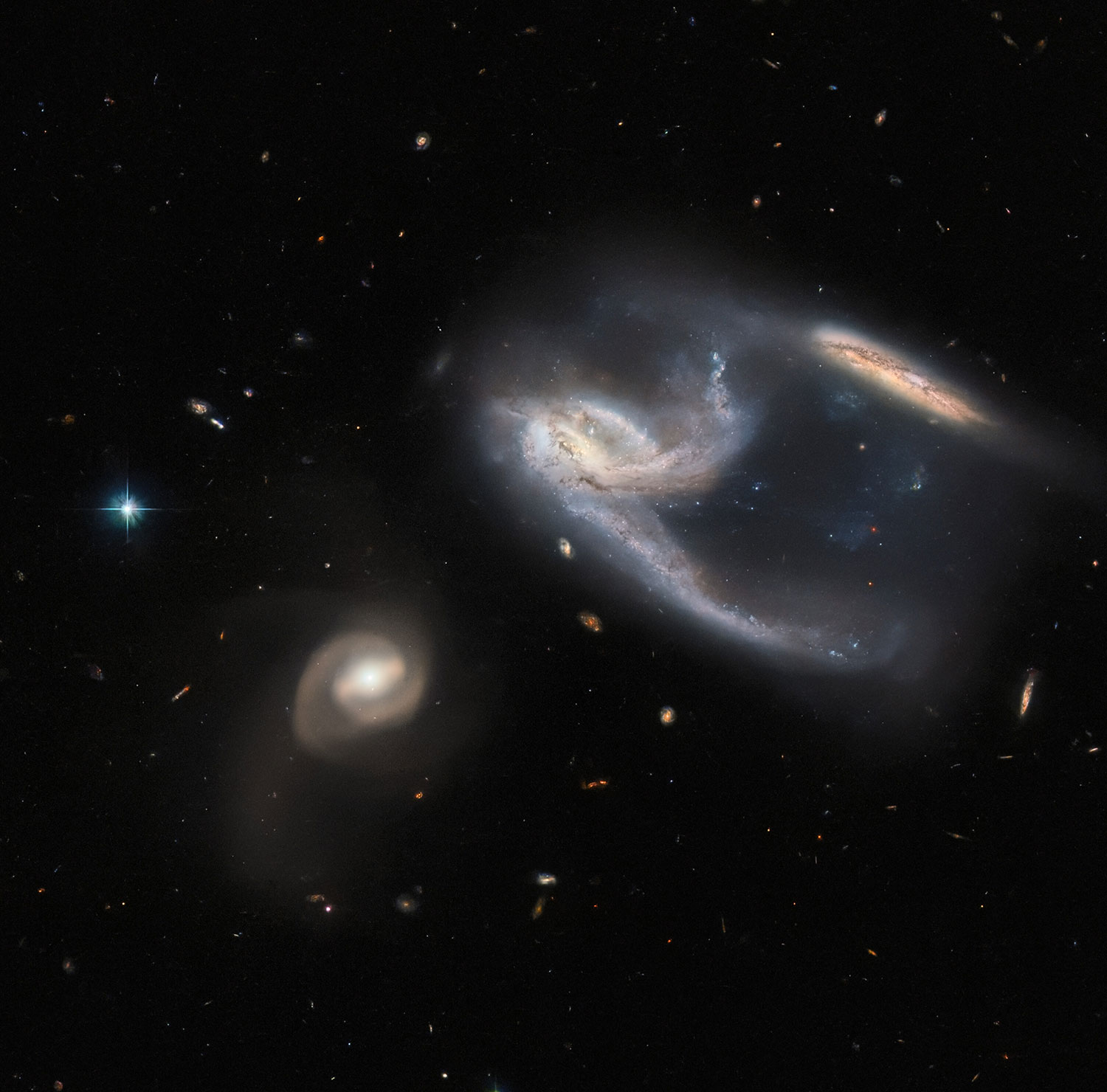By Leah Crane
The Psyche spacecraft’s propulsion system undergoes inspection NASA/JPL-CALTECH
IF ALL goes well, the first major space mission of 2022 will be the launch of the Space Launch System rocket in February. After many budget and schedule overruns, NASA’s colossal rocket is finally set for its first uncrewed flight, which will carry several small satellites into orbits either near or around the moon.
They won’t be the only lunar visitors. NASA has contracted private firms to send nine rovers to the moon, along with landers and other experiments. “Many of these are tests of this new idea that NASA is pushing, on whether commercial companies can deliver payloads to the moon, accepting higher risk for lower cost,” says Jim Bell at Arizona State University. “It’s a new paradigm for space missions, and a real renaissance in lunar robotics.”
“Psyche could be the exposed core of an ancient shattered, disrupted protoplanet”
Japan and the Russian space agency Roscosmos will also send landers, and India and the United Arab Emirates are each sending a lander and rover, as are firms in Germany and the UK.
NASA has its sights set on an asteroid called Psyche, too, with plans to launch a mission of the same name in August. It will visit the strange space rock, which is made mostly of iron and could teach us how planets form and what their metallic cores are like.
“The leading hypothesis is that Psyche could be the exposed core of an ancient shattered, disrupted protoplanet. It could be a snapshot in time of planets forming early in our solar system,” says Bell, a member of the Psyche team.
The mission will take four years to reach Psyche, where it will take photos, analyse the chemical composition of the asteroid and measure its interior structure and magnetic field. The aim is to figure out whether Psyche is an ancient planetary core, determine how it formed and extend those inferences to understand terrestrial planets.
Mars will also be a feature of 2022. In September, the European Space Agency and Roscosmos will launch the Rosalind Franklin rover, which should arrive on Mars in 2023. The rover will be larger than China’s Zhurong rover, but smaller than NASA’s Perseverance rover, both of which landed on the planet last February. It will attempt to find evidence of life in an area called Oxia Planum, which may have once been friendly to life.
Rosalind Franklin will carry several cameras and scientific instruments, but perhaps most exciting is a drill that can collect samples from up to 2 metres below the surface – far deeper than the 6 centimetre record set by NASA’s Curiosity rover.
Drilling provides access to clues about the planet’s past that have been lost at the surface by ionising radiation from space, says Jorge Vago, project scientist for the mission. “Over billions of years, it acts like millions of little knives, cutting away at the molecules that we would like to study to look for potential signs of life.”
More on these topics:
Note: This article have been indexed to our site. We do not claim legitimacy, ownership or copyright of any of the content above. To see the article at original source Click Here













